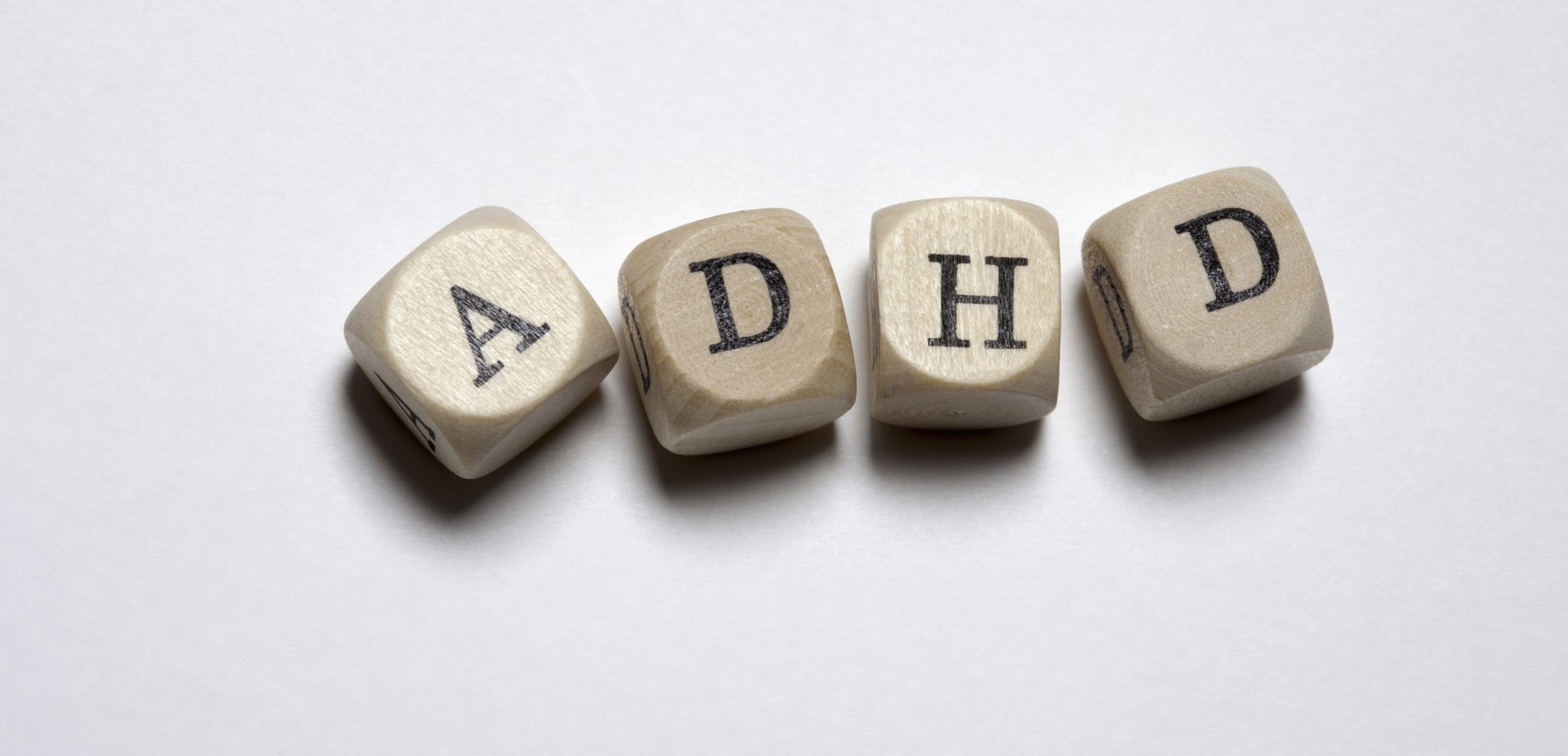Whether you’re an 11-year-old who has trouble concentrating in school or a thirty-something mom-wife-professional combo that just can't see to keep on top of things, if you have ADHD you’ll know that at times it’s impossible to get anything productive done. Mindfulness meditation for ADHD is one way you can help regain a little control in your life and steer yourself on the path for success.
What is ADHD?
For those who are unfamiliar with the condition, or considering if you may have it, let us tell you briefly what ADHD is.
The abbreviation stands for attention deficit hyperactivity disorder and is one of the most commonly diagnosed psychiatric disorders in children. Probably you know at least one kid in school who had it, or perhaps you are that kid.
Usually, those with ADHD have three key characteristics––inattention, hyperactivity, and impulsivity. Although many people have these traits to some extent, in ADHD, they present to the extreme so that a person’s ability to participate in day-to-life is affected.
However, not only young people are affected. Adults may experience the same traits and children, which may manifest as anxiety, chronic forgetfulness, disorganization, frustration or boredom.
How mindfulness meditation can help
There is a common misconception that ADHD is only treated with behavior-controlling medications, and while this is a helpful solution and not to be disregarded, there are also a number of additional cognitive-behavioral techniques that can be useful in regaining control over your emotions and behaviors. Here’s how they work.
Mindfulness is all about paying attention to what is happening here and now, and staying in the moment, even for those without ADHD it can be an exceptionally good technique for curbing worries about the past or future, that we as humans are all too guilty of focusing on.
ADHD meditation for mindfulness can be a particularly helpful tool in regaining control lost by the disorder and returning that focus to what we should be concentrating on.
Mindfulness meditation for ADHD works by gradually building up that concentration and practicing techniques that promote it. Over time this will become second nature and can be used when you’re feeling stressed, disorganized or simply not in control.
How to meditate with ADHD
Meditation for the ADHD child and the adult will, of course, differ. However, the process of building up a sufficient level of concentration takes time and energy and will be a challenge for any individual––but this isn’t an excuse not to do it.
Mindfulness meditation for ADHD adults may focus on more formal meditation techniques such as those used in yoga practices, while for children this may be done via alternative methods.
Our advice, in either case, is to start basic and build from there.
So, let’s start with our meditation process for adults, in 3 simple steps:
- Decide on a mantra for your meditation, something like, “I am in the moment” and focus all your energy on this.
- Next, take a deep breath in, hold and then let it out. Repeat this several times.
- Then, add in some simple yoga poses. You may choose the traditional cross-legged sitting pose, but if you have a lot of pent-up energy, it may be best to use something that adds a little movement such as switching from cat pose to cow pose.
Use these three steps and repeat them every day to build your concentration levels and focus. Start by practicing for five minutes each day, then build to ten and work from there. Over time you will notice as your attention span starts to improve, and you begin to feel less anxious and more comfortable in your own skin.
As we’ve said, for younger people this process may work a little differently. If you have a child with ADHD or work with children with the condition, you may focus more on incorporating play into the activity; you can find some great meditation techniques for children in our blog here.
These can help your child to better manage their emotions and become more successful in controlling their symptoms later in life.





